Ah, AMD against Nvidia. A battle older than time, a war spoke of in hushed tones across the universe. Nothing polarizes people as much as a discussion about AMD vs. Nvidia, with the closest thing probably being Pepsi and Coke (can you believe people even compare Pepsi with Coke? Ew). But maybe you happen to be one of those unbiased folk; here just to read the raw data on a 6700XT vs 3080 comparison.
Lucky for you, that’s how we like it too, so keep reading for the most unbiased article on the internet about which card is better — the AMD RX 6700 XT or the Nvidia RTX 3080?
6700 XT vs 3080 – Quick Comparison
While we will eventually look at all the detailed differences between the two cards, here’s a quick overview.
| Specs | AMD RX 6700 XT | NVIDIA RTX 3080 |
|---|---|---|
| GPU | Navi 22 XT(215-127000006) | GA102-200-KD-A1 |
| Interface | PCIe 4.0 x16 | PCIe 4.0 x16 |
| Architecture | RDNA 2.0 | Ampere |
| Stream Processors/CUDA cores | 2,560 | 8,704 |
| TMU/Tensor cores | 160 | 272 |
| RT cores/Compute Units | 40 | 68 |
| Base clock | 2321 MHz | 1440 MHz |
| Boost clock | 2581 MHz | 1710 MHz |
| Memory | 12GB GDDR6 | 10GB GDDR6X 12GB GDDR6X |
| Memory speed | 2000 Mhz | 1188 MHz |
| Bandwidth | 384 GBps | 760 GBps |
| Memory bus | 192-bit | 320-bit |
| TDP | 230W | 320W |
| Price | Check Price on Amazon | Check Price on Amazon |
RX 6700 XT
The 6700 XT was launched as a competitor to the 3060 TI and 3070, and boy — it delivers. Based off the ‘Big Navi’ AMD cards like 6900 and 6800, the ‘small Navi’ 6700 XT was supposed to bring RDNA2 architecture to the masses and hit the sweet spot where you find both performance and great pricing.
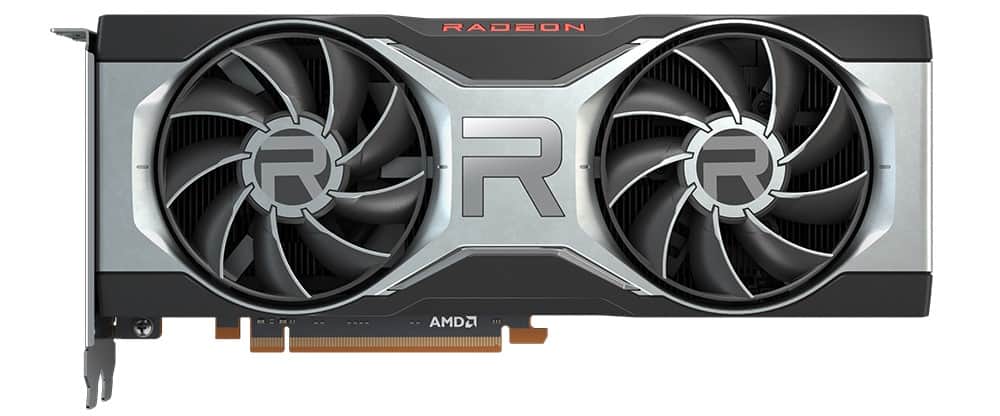
Pros
- Excellent performance on 1440p resolution
- Power efficient with plenty of headroom for fans of overclocking
- Offers Ray Tracing
- 12GB of VRAM
Cons
- Okay-ish Ray Tracing
- Runs hotter than Nvidia’s competing cards
- Gets a bit noisy
RTX 3080
The RTX 3080 is Nvidia’s pride and joy. Probably the most commonly found GPU on gamers’ dream video card lists, the RTX 3080 was launched in June 2021. The card uses Nvidia’s Ampere architecture and is built for a superior 4K gaming experience. The 3080 is tough to find despite the explosive pricing we saw in the last couple of years, thanks to the crypto boom and silicon shortage.
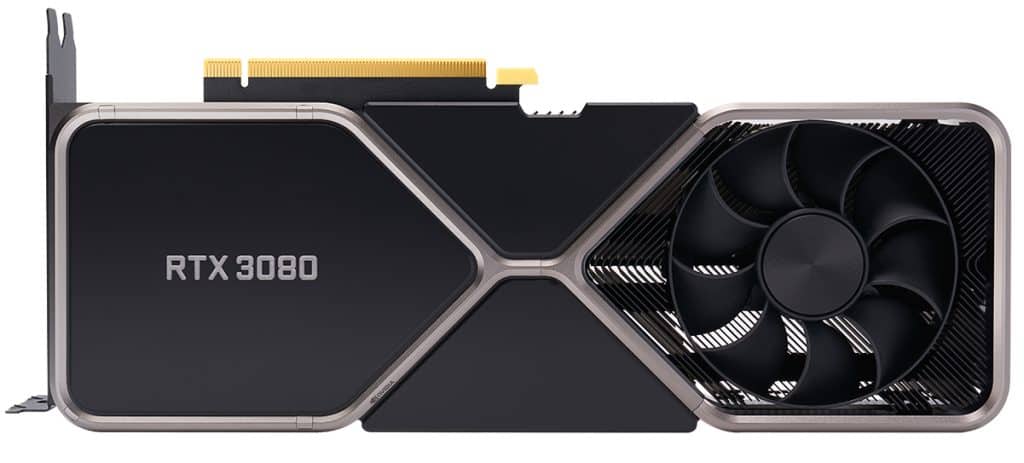
Pros
- Is an excellent 4K gaming card
- Offers Ray Tracing and DLSS (Deep Learning Super Sampling)
- Generally runs at low temps
- Also features Reflex, Broadcast, G-SYNC 360, RTX-IO
Cons
- Expensive
- Is not power efficient
- Gets loud when under a heavy load
- Limited to 10GB of VRAM
Key Specifications
Architecture
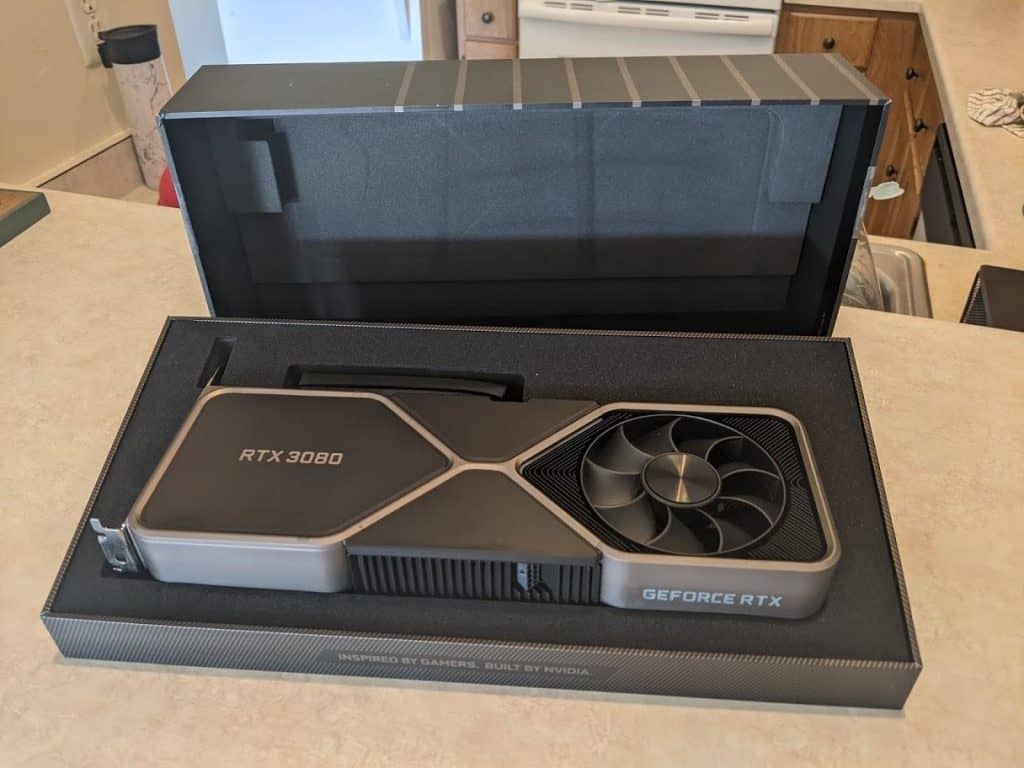
The last few years saw both Nvidia and AMD take quantum leaps in technology — as Nvidia unveiled its Ampere architecture, AMD brought RDNA2 as its plus 1 for the party. Both Ampere and RDNA2 have done wonders for GPU capabilities, as can be seen on both the low-end as well as the upper-end of cards both companies released based on these architectures. So you have the 6700 XT with RDNA2 and the RTX 3080 with Ampere.
But what’s the big deal?
While RDNA2 introduced Infinity Cache and Smart Access Memory (SAM) as a key feature, Ampere brought us Deep Learning Super Sampling (DLSS). And if you were wondering what they are, Infinity Cache efficiently accesses more of your onboard memory, allowing SAM to dig into all of your GPU VRAM, which was not possible earlier because of a 256MB limit.
What does that mean for you as a gamer? According to AMD, anything between a 5% to 15% bump in performance.
Not many people may be aware that Nvidia, too, utilizes the same tech, called Resizable BAR. The company announced Resizable BAR support for 3060 GPUs and RTX 3000 series graphics cards in 2021, clearly after AMD inspired it to do so.
But let’s talk about DLSS now, shall we?
It is a type of rendering that uses AI to first render frames at a lower resolution, then upscale the frames in the output so that they look sharp and detailed. In short, it could render the frames of a game at 1080p and then blast you with 4K output thanks to AI, but with a lot less computational power, which means excellent FPS and crisp details.
This round is a draw.
Clock Speeds and Overclocking
The clock speed is the speed at which your video card operates. From the table above, you can see that the 6700 XT has a base clock of 2321 MHz, while the 3080 runs at 1440 MHz. This is what you get off the shelf. This base “shelf speed” is the same for all existing third-party variants. The boost clock speed for many of them varies.
| RX 6700 XT | Boost Clock | RTX 3080 | Boost Clock |
|---|---|---|---|
| ASUS ROG STRIX RX 6700 XT GAMING OC | 2,629 MHz | ASUS ROG STRIX RTX 3080 GAMING OC | 1,905 MHz |
| ASRock RX 6700 XT Phantom Gaming D OC | 2,622 MHz | ASUS ROG STRIX RTX 3080 GUNDAM | 1,905 MHz |
| ASUS TUF RX 6700 XT GAMING OC | 2,622 MHz | ASUS ROG STRIX RTX 3080 V2 GAMING OC | 1,905 MHz |
| Dataland RX 6700 XT God of War | 2,622 MHz | Colorful iGame RTX 3080 Vulcan X OC | 1,905 MHz |
| GIGABYTE AORUS RX 6700 XT ELITE | 2,622 MHz | GIGABYTE AORUS RTX 3080 XTREME | 1,905 MHz |
And if you wish to overclock your GPU so that you can get some more juice out of them at the cost of more power, that is possible as well. But note that overclocking can be tricky — you really should know what you’re doing, and you’re supposed to overclock in a staggered manner so that you don’t brick your card.
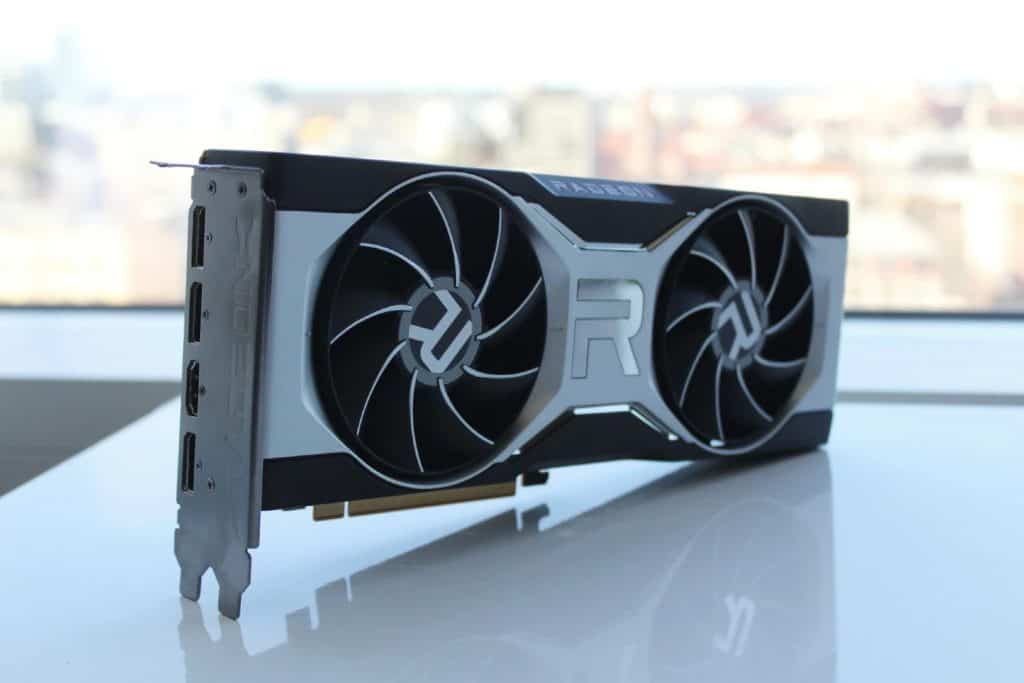
And once you’re ready, you should know that the 6700 XT allows you to dial it up beyond the official boost clock (2,581 MHz), while the 3080 lets you push it beyond its 1,710 MHz mark. User tests show the 3080 offers 85% better performance when both cards are overclocked.
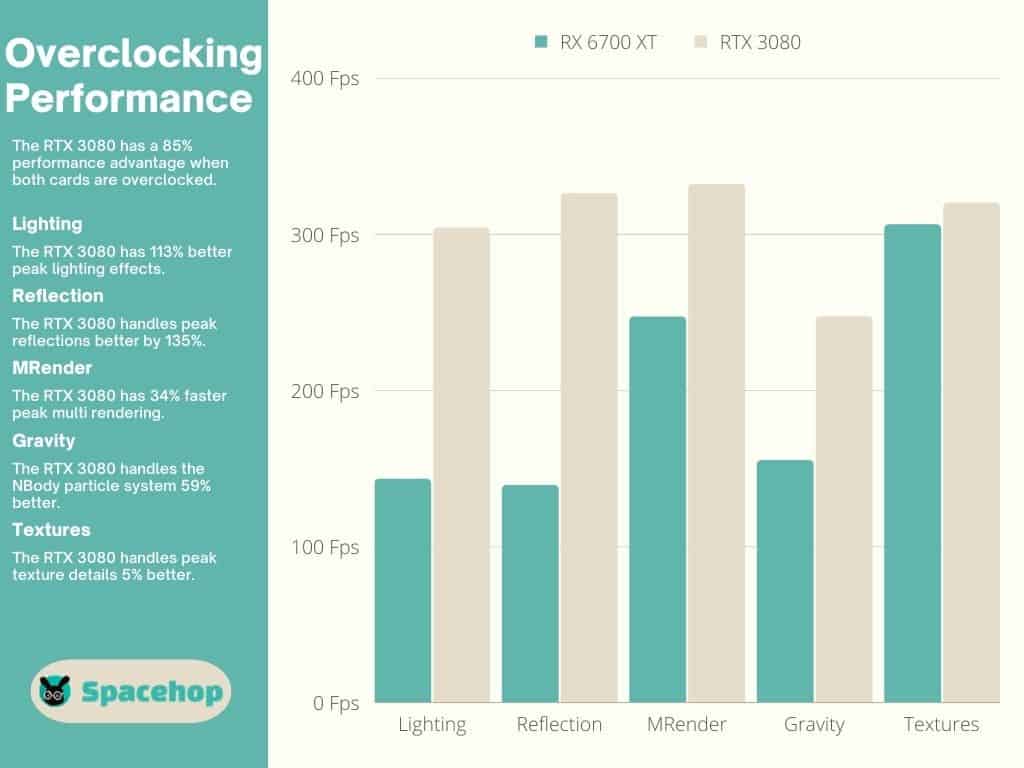
You can read stories online where some users have gone beyond, but it could be a case-by-case thing, so we don’t really recommend that you do the same. After all, you still have to deal with the bump in power and heat, so don’t take this lightly!
This round is a draw as well!
Also Read: Can You Use Nvidia GPU With AMD CPU?
Cores
Cores! What cores? Well, cores are the heart of your GPU and are the muscle responsible for the calculations needed for graphics; while AMD calls them stream processors, Nvidia likes to call them CUDA (Compute Unified Device Architecture) cores, sounding like something you’d see in a Star Wars movie. So the 6700 XT has 2560 stream processors while the 3080 packs 8704 CUDA cores, and yes, that does make the 3080 superior to the 6700 XT.
The RTX 3080 wins.
Shaders, Ray Tracing cores, and TMUs
RT cores on the 3080 are your Ray Tracing Cores, and they are the reason that gaming visuals look so great these days. The 6700 XT offers ray tracing, too, thanks to its compute units. But the 3080 has 68 RT cores, whereas the 6700 XT has 40 compute units.
| Shaders | RX 6700 XT | RTX 3080 |
|---|---|---|
| DirectX | 12 Ultimate (12_2) | 12 Ultimate (12_2) |
| OpenGL | 4.6 | 4.6 |
| OpenCL | 2.1 | 3.0 |
| Vulkan | 1.3 | 1.3 |
| Shader Model | 6.7 | 6.6 |
Shaders tackle the shadows, lighting, and shading aspects of gaming graphics, whereas TMUs or texture mapping units work on 3D mapping from bitmaps. Both of these components play a critical role in ensuring you get the best graphics at the best frames per second.
In this comparison, the 3080 wins with its TMU and shader count, too — it has 272 TMUs and 8704 shaders. In comparison, the 6700 XT has 160 TMUs and 2560 shading units.
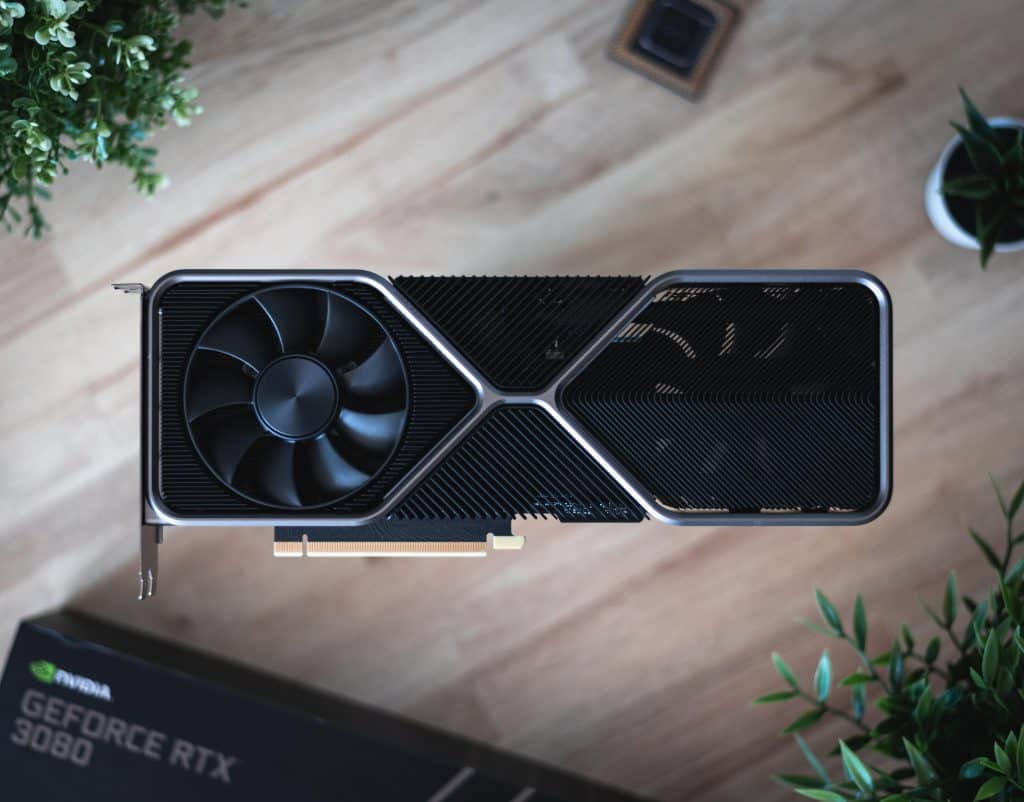
The winner here is the RTX 3080.
VRAM and Memory Specs
The 6700 XT flexes hard with its 12GB of DDR6 RAM, punching well above its weight class. This makes a lot of sense when you consider how important Smart Access Memory is to AMD cards in general.
The RTX 3080 is considered a premium card and, unfortunately, originally packed only 10GB of VRAM, which was a bit annoying and made you wonder if the card is ready for the games that will release over the next few years. Nvidia caught on to this line of thought and released a 12GB version of the 3080 in January 2022.
We declare this round a tie!
Performance and Resolutions
When it comes to performance and resolution, the RTX 3080 is clearly the superior card. The 3080 is more of a 4K gaming beast and is much more expensive than the 6700 XT. If you wanted an AMD card that could take on the likes of the 3080, you’re best off considering the 6800 XT instead, which makes this a good moment to plug our 6800 XT vs 3080 comparison article!
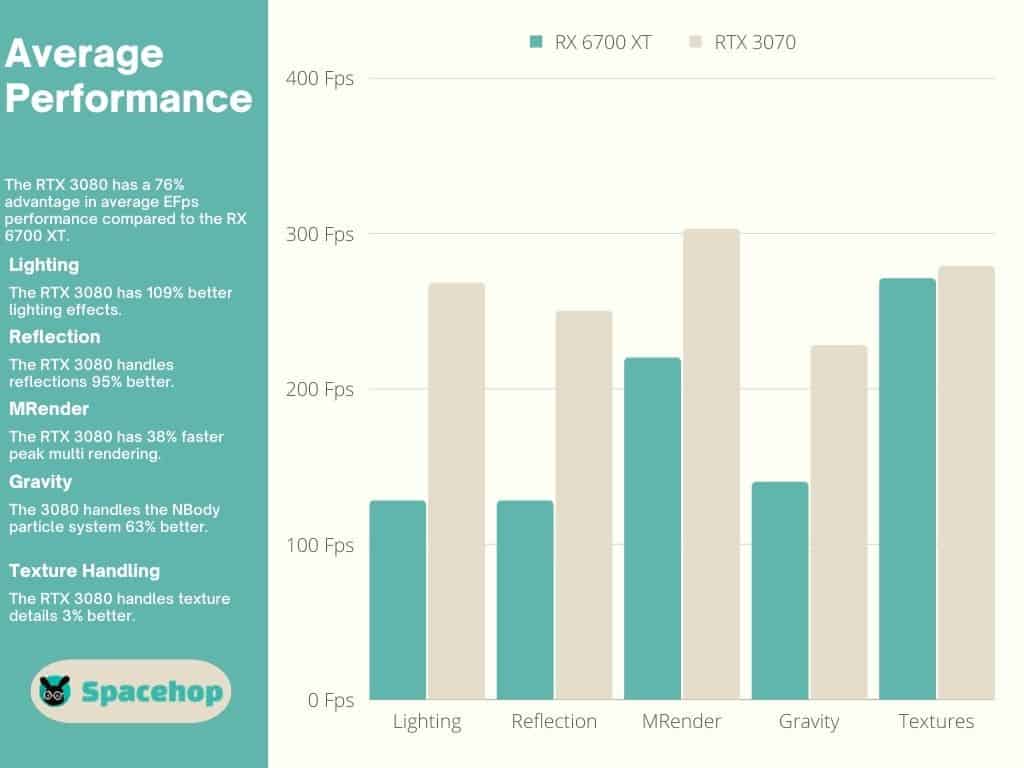
User test results show the 3080 has a 76% performance advantage compared to the 6700 XT at 1080p.
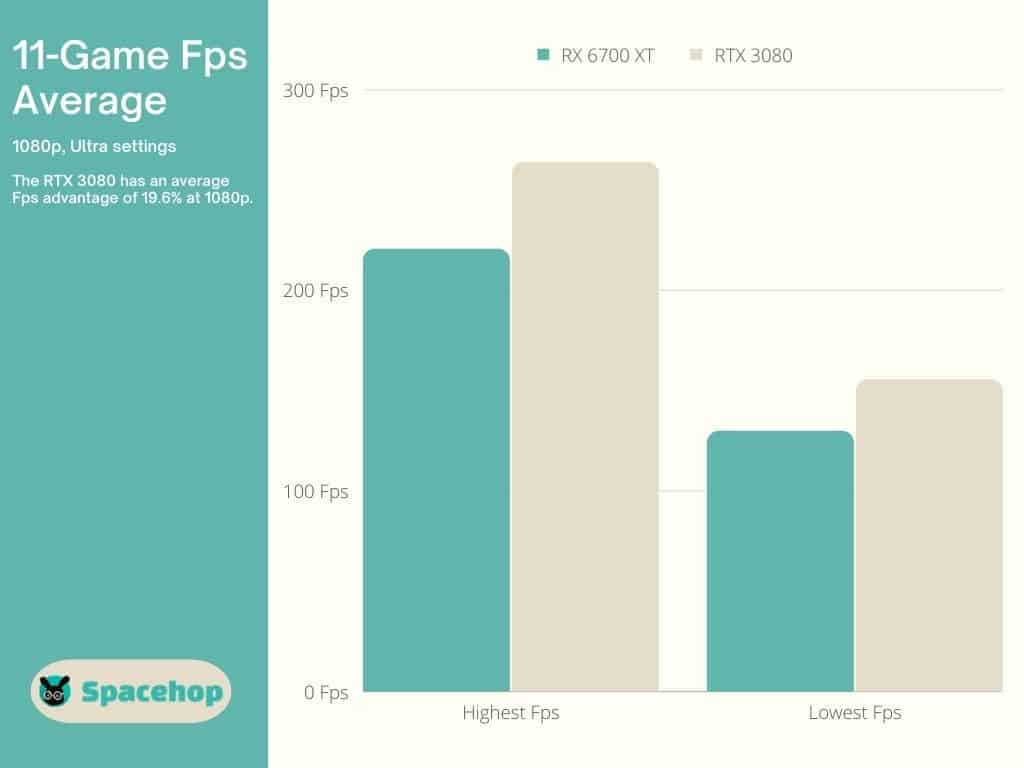
Advertised benchmark tests show the 3080 offers 19.6% better performance at 1080p.
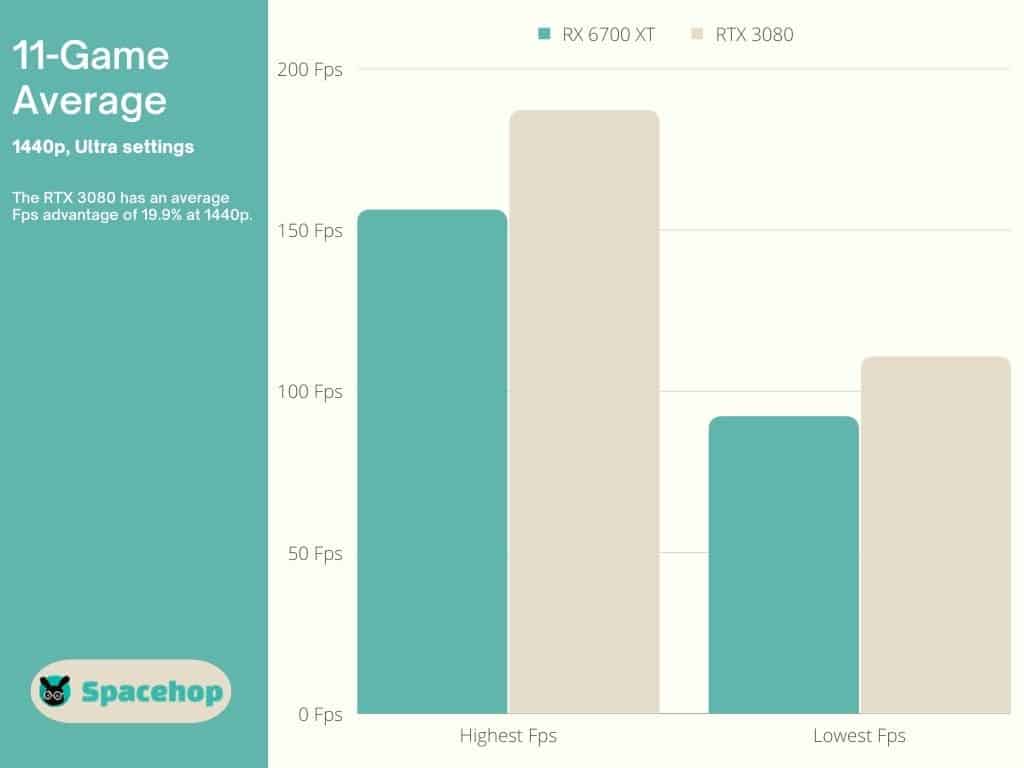
The 3080 continues to dominate at 1440p, offering 19.9% better performance.
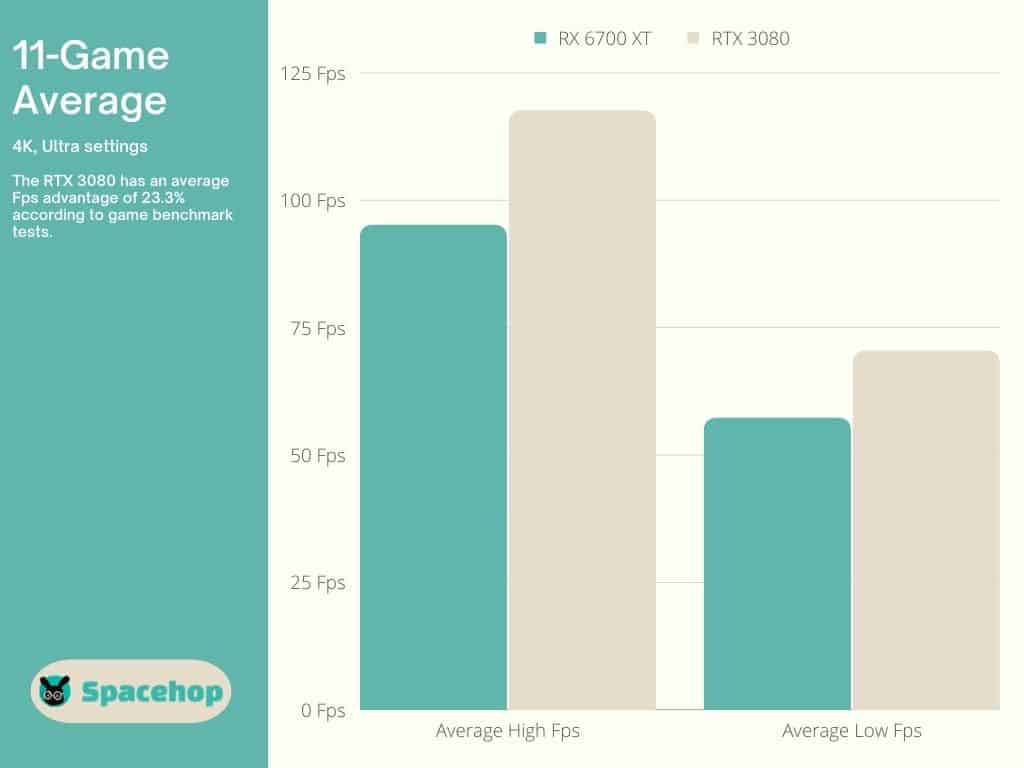
The 3080 wins at 4K as well, offering 23.3% better performance.
Be it benchmark tests or FPS during heavy games, the RTX 3080 consistently outperforms the 6700 XT when it comes to both resolution and performance. If 4K gaming at 60fps was your dream, the 3080 is here to make that dream come true.
The 3080 dominates this round.
Connectivity
The 6700 XT has a single HDMI 2.1 and three 1.4a DisplayPorts, and it is the exact same story for the RTX 3080. As for power connectors, the 3080 uses a single 12-pin connector, whereas the dual-slot 6700 XT uses a 6-pin + 8-pin connector combo (good time to remind you not to use split power cables for your video cards!).
An annoying bit of news about both these cards is that they both lack USB ports. You do still have four peripheral ports. We consider this round a tie.
TDP
TDP, or Thermal Design Power (also called Thermal Design Point), is the maximum power your card is permitted to pull from your power supply unit. On the 6700 XT, this number is at 230W, whereas it’s a whopping 320W for the 3080. But don’t get confused about the power rating for your PSU because you need headroom as well. We recommend a 550W PSU for your system if you get a 6700 XT and a 700W PSU if you get an RTX 3080.

Based on just power ratings, the 6700 XT wins for keeping things cool.
Also Read: Epyc vs Threadripper vs Ryzen: An elite AMD CPU Guide
RX 6700 XT vs RTX 3080 – Standout Features
We’ve already told you about Smart Access Memory on the AMD card, but we would like to point out how superior your gaming experience is, thanks to the ray tracing and DLSS capabilities of the RTX 3080.
Pricing and Availability
Well, speaking about availability makes us twitch because all of us gamers had to push through a rough couple of years where cards were either too overpriced or unavailable. Thankfully, the situation is a lot better now. That said, it’s a lot easier to get your hands on a 6700 XT than an RTX 3080.
While the 6700 XT was launched at $479, the 3080 came with a price tag of $699. Of course, these numbers no longer hold any meaning, so we dug up a couple of options for you guys on Amazon.
AMD Radeon RX 6700 XT
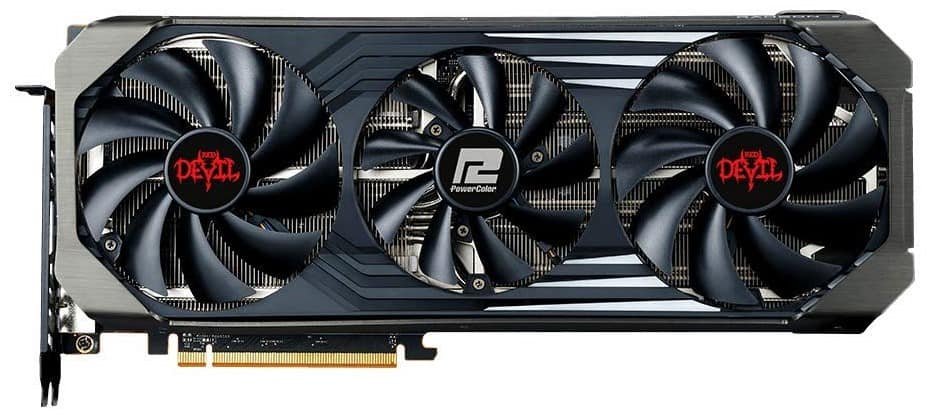
Power Color Red Devil RX 6700 XT: Check Price on Amazon
Gigabyte Radeon RX 6700 XT Eagle 12G: Check Price on Amazon
Nvidia GeForce RTX 3080
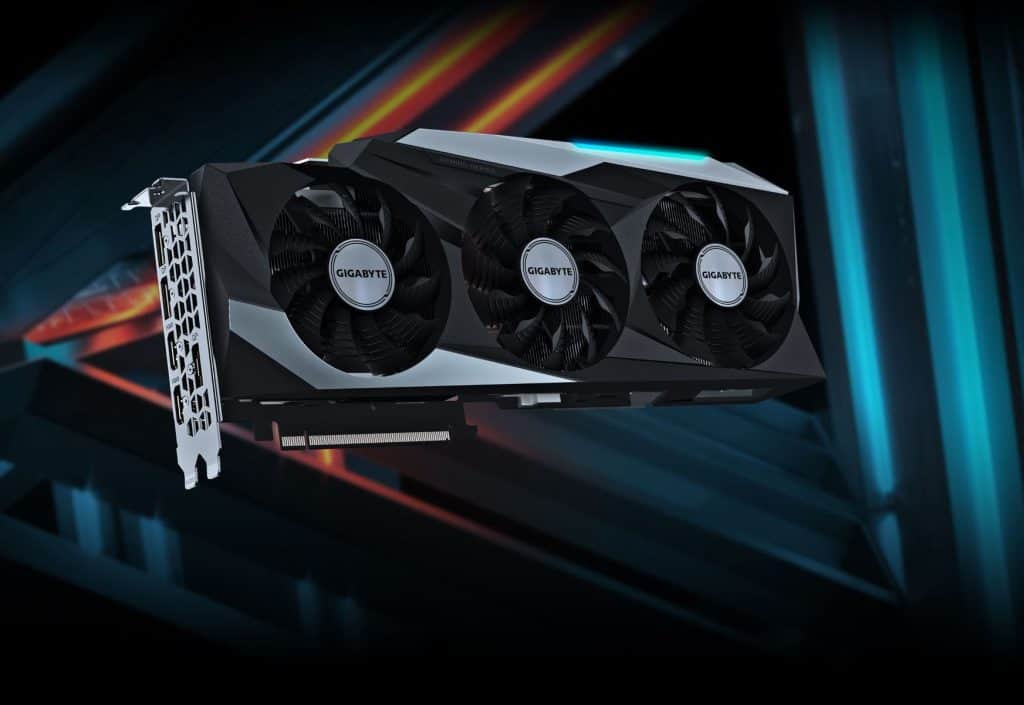
MSI Gaming GeForce RTX 3080 Ventus 3X Plus: Check Price on Amazon
EVGA GeForce RTX 3080 FTW3: Check Price on Amazon
And if you’re feeling the heat from the price tag on the RTX 3080, we would like to recommend that you take a look at the RTX 3070 Ti. Here’s a comparison of the 3070 Ti vs RTX 3080 to clear things up!
Conclusion
Well, we could have told you this at the start, but we had to go into detail to justify our reasons in this 6700 XT vs 3080 comparison — the 3080 is the clear winner, purely from an output perspective. It is significantly more expensive because it can do much more than the 6700 XT can. That said, the RTX 3080 can be overkill for many gamers — so if you’re a casual gamer looking for a good time, the 6700 XT delivers the goods. As always, if you have any specific comments for us, make sure you leave them in our comments, and we’ll definitely get back to you!